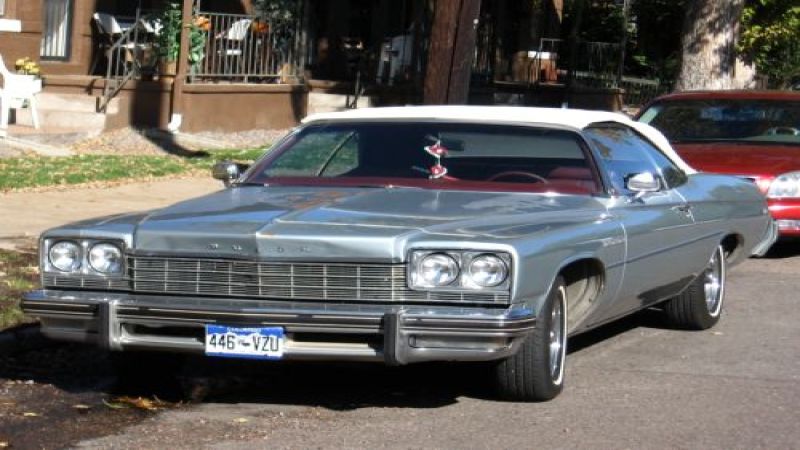"It mostly ends up in other products," said Sawyer-Beaulieu to Don Lajoie, writing for the Vancouver Sun. "Wherever steel is used in manufacturing some portion of that comes from end-of-life vehicles. Could be in appliances, construction material, could even end up in another car."
“Well, where did you think they went,” you might ask? That, however, is only what happens when vehicles go to scrap yards or auto recyclers, so that all useful components, like starters or steering columns, are salvaged, refurbished and resold as replacement parts for other vehicles.
Nevertheless, there is a greater purpose to the professor’s research.
The funding comes partly from the Auto21 network and the Ontario Automotive Recyclers Association, Sawyer-Beaulieu is creating a meticulous assessment of what goes into an auto-dismantling facility, what gets recycled and reused and what gets shredded and ends up in a landfill.
The largest automotive recyclers can process as many as 17,000 vehicles a year. Each and every year 13 million vehicles are taken off the road, reaching their "end of life, as well as their opportunity for life after death.
The professor has discovered even though 80 percent of a vehicle is recycled, some 20 percent still goes to the landfill. Up to 12 percent of still reusable parts are recovered before the skeletal hulks are off to the shredder for metals recovery.
Her ultimate goal is to discover how to recover even more cutting out as much of the 20 per cent still going to the dump as possible. According to Sawyer-Beaulieu beside obvious environmental issues, eliminating waste also saves the industry money and guards against the day when governments ban all automotive materials, as they already have in Europe.
Hopefully, jobs could be created by increased emphasis on recovering, reusing and recycling parts and materials. Her research could also be used to show there is a market for more of the materials used and that salvaging and recycling makes business sense.
Many kinds of materials can be found in a ready to scrap car – steel, ferrous and non-ferrous metals, foam, plastics, glass, residual oils and fluids, fabrics, rubber and so on. Once those components are separated, the remainder is send to a shredder and chopped into fist-sized pieces.
"In Europe it's legislated how much must be recovered," said Sawyer-Beaulieu. "In Canada it's still a market-driven system. The industry doesn't want to be legislated because it could affect the way they do business. My research is to see how they can recover more to prevent that from being sent to landfills."
One of the things still going to the shredder is the automotive seating assemblies. "It would be nice," she said to find a life after death for the leftover seats. As vehicles become more computerized, ways should be found to fully recover the electronics and circuit boards.
Often the insurance industry suggests the use of these refurbished parts to clients for use in cars damaged by collisions as a way to save on repair bills. Newer cars, even if in major accidents, are more valuable than even well preserved cars 15 years or older simply because their components are out of date.
The only exceptions are older vehicles considered classics or collectibles. Those parts will always be in demand for replacement parts in owner restoration projects.
We think the professor’s research is a great idea along with recycling, reusing and re-purposing everything we can. After all, a system based on perpetual growth and consumption can only lead to trouble on a planet of finite resources.
We hope the car you’re driving has a life after death – it kind of gives a whole new meaning to “rein-car-nation,” wouldn't you say?










